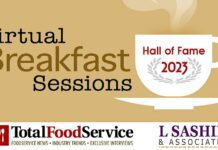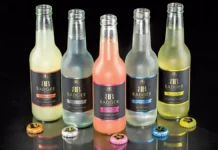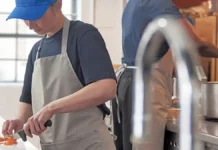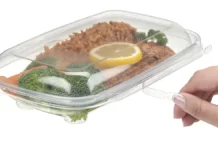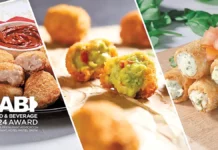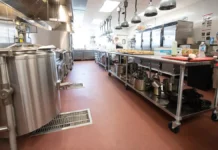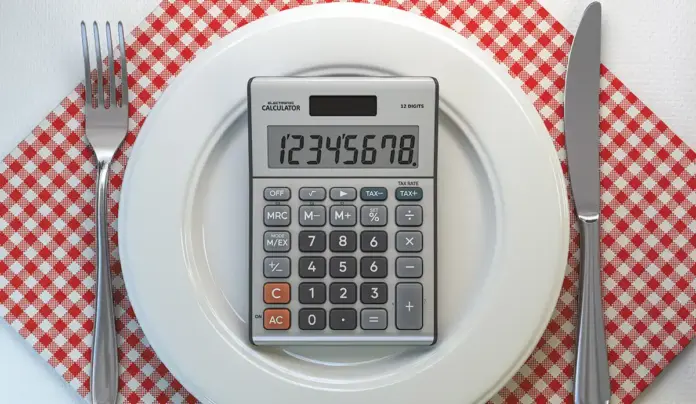
Running a restaurant by the numbers can be a challenge if you don’t know what numbers you need to know in the first place.
Off the top of your head though, I bet you can name three without even thinking: food cost, labor cost and profit loss. That’s a good start! While there are many more numbers to know, I want to share with you the most important restaurant numbers to know to be successful.
No. 1: Your cost of goods sold by category in total.
You have different targets for budgeting, and it’s important you’re measuring your food, bottle beer, draft beer, wine, liquor and merchandise separately. You also need this total for another number, which I’m going to talk about in a moment, called prime cost. Generally speaking, I aim for about a 25% cost of goods sold when I’m doing a budget. And I could lean up 5% or down a little bit.
No. 2: Your labor cost by position and total.
Again, like cost of goods sold, you’re going to have different labor targets. When it comes to budget and measurement, to find where you might have some challenges, you need the total for your prime cost. Track by position, not front of house, back of house, not hourly or salary, but by position.
No. 3: Your prime cost.
That’s your total cost of goods sold, plus your total labor cost, including taxes, benefits and insurance. This is the one number you must know to have any chance to make money. Make sure to search my YouTube channel for multiple videos on prime cost. You have to know how to calculate it and what your total should be, but I’m going to tell you right now the industry standard of 65% does not work anymore.
With all the cost increases and all the challenges our industry has faced, the new number – if you do $850,000 a year or more in sales – is 55% or less. And that can be life-changing money for many of you.
No. 4: Your operating costs.
That’s every other expense down below, cost of goods sold and labor cost. Now, there are many other line items that we need to pay attention to in those operating costs, but generally speaking, I’m shooting for about 25%. If you were hitting 25% for your cost of goods sold, 25% for labor and 25% for your operating expenses, give or take a few points, all of a sudden, you can see how you have the ability to make money.
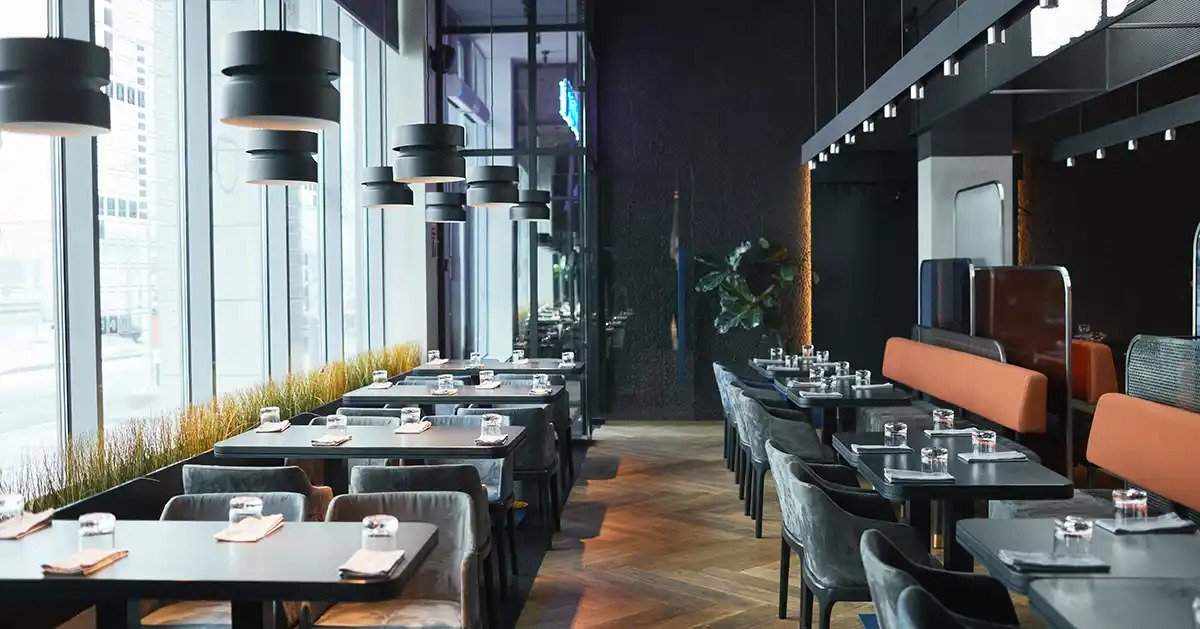 No. 5: Your profit and loss.
No. 5: Your profit and loss.
Do know an average restaurant makes a nickel to 8 cents on every dollar. That’s 5 to 8 pennies. My members, however, make 15–20% because they know their numbers, and they put systems in place to achieve the results they’re shooting for.
No. 6: Your dollars per square foot.
If you’re a full-service restaurant, you need to do a minimum – that’s your annual sales divided by your square feet, including the mop sink in your office – of $150–$250 per square foot to break even, $250–$350 to make a mid-level profit and over $350 per square foot to kick some butt in profits.
Quick service is a little different. You need a minimum of $200, so $200–$300 per square foot to break even, $300–400 per square foot to make mid-level profits, and to kick butt you need $400 per square foot or more.
No. 7: Then there’s total occupancy costs.
This is your rent, your property taxes, your property insurance, and I often put in there, that SBA loan or building loan, or any startup loan you took to get the business going. I recommend shooting for 5–8% for most of my members, but I’m not going to lie. Most restaurants I work with, find themselves at 10% or 12%. Anytime you get above 12%, you are working for the landlord, not for you.
No. 8: Your current ratio.
This is your current assets divided by your current liabilities. Current assets are those assets you’ll use within the next 12 months on your balance sheet and current liabilities are those bills you need to pay within the next 12 months on your balance sheet. I want a minimum 1:1 ratio, meaning you have a dollar in current assets for every dollar you owe.
What I really want is 1.25:1, so that you have $1.25 for every dollar you owe. This being cash rich. You can breathe. The unfortunate reality is many of you are going to do this calculation and you might be .75:1 where you truly don’t even have enough current assets to pay off your current liabilities. This is when – or why – cash flow becomes a challenge.
No. 9: Your breakeven point.
This is every dollar in is the same as every dollar out. You don’t make money, you don’t lose money, but knowing your breakeven point gives you a starting point so that if you start to implement systems and bring that number down, you can start making money sooner and that much more. Check out my YouTube channel to learn the formula for finding your breakeven point.
While there are certainly more numbers to know – from credit card discount fees to paper and janitorial costs – this list of nine numbers to know is a great starting point.



















